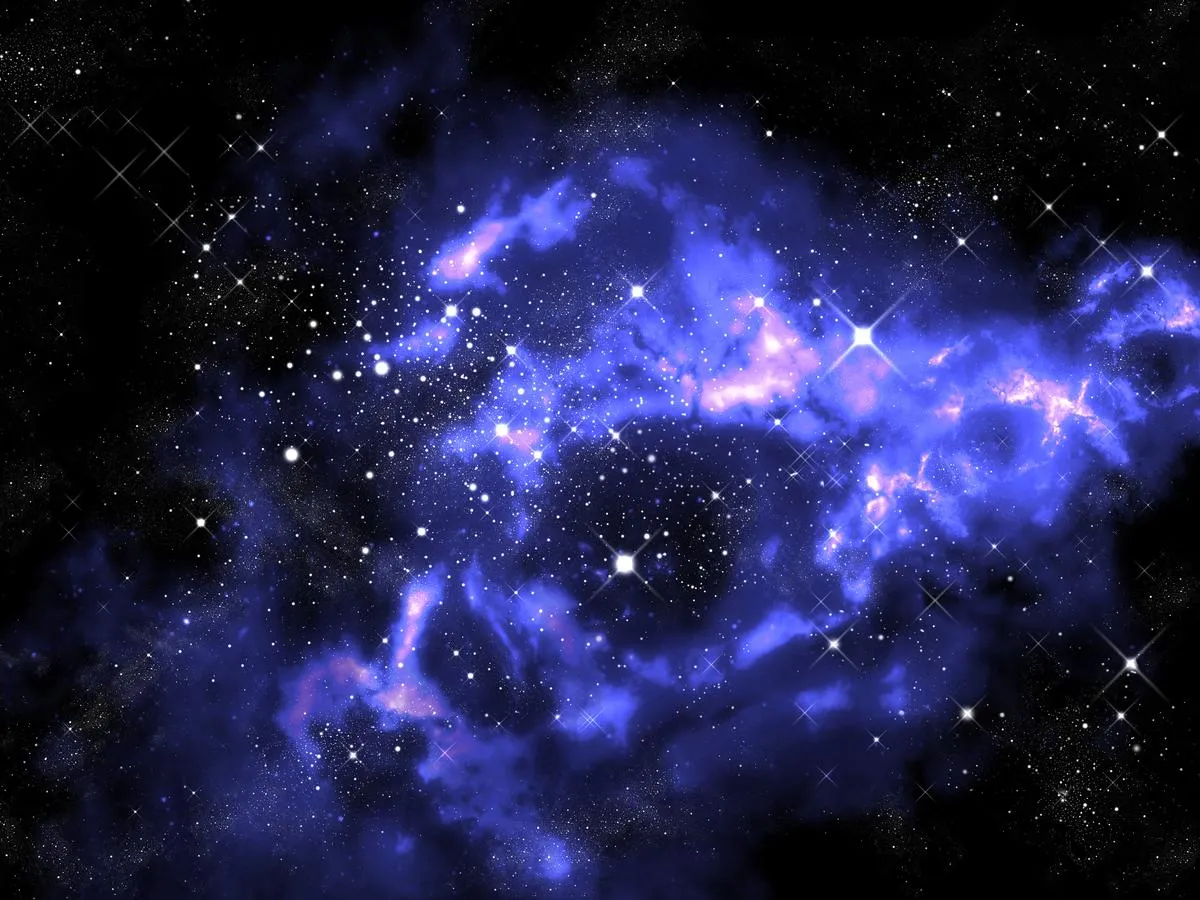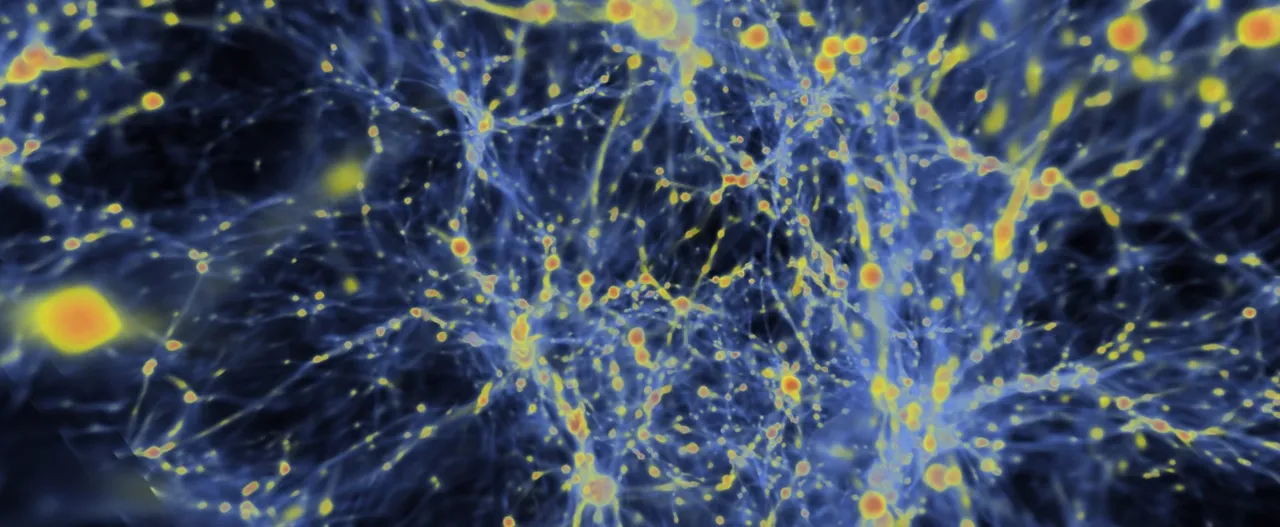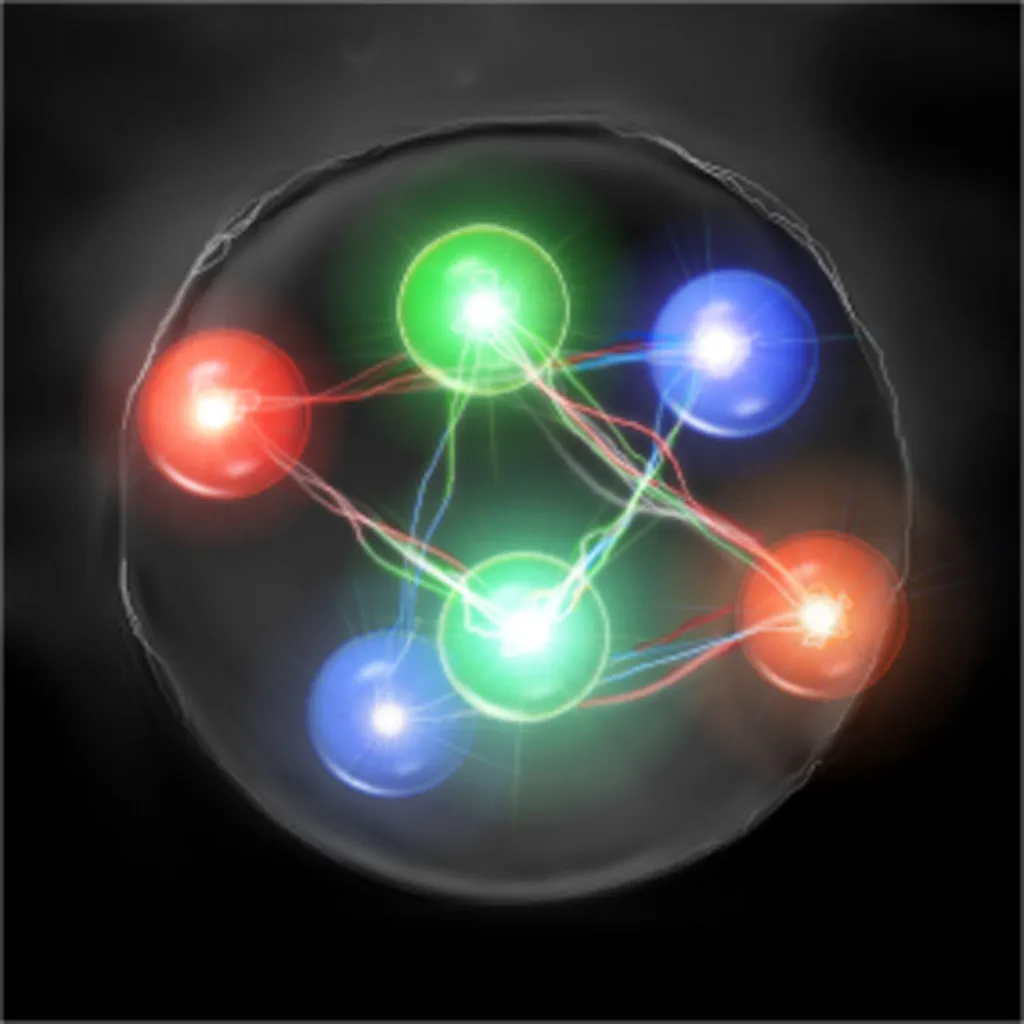
Source
According to experts, all the mass and energy that makes up the visible universe is only 5% of the total mass and energy of the universe, 70% is made up of dark energy and the remaining 25% is dark matter.
In a originality attack, they have called this dark matter because it is not seen, that is, because it does not emit, absorb, or reflect any type of electromagnetic energy at any of the frequencies of its broad spectrum.
And then how do they know it's there? Because of the gravity it exerts on the galaxies to which, say, it wraps preventing them from spreading through the sky.
After many calculations and experiments, cosmologists have concluded that there has to be much more mass than we can observe in order for celestial bodies to behave as they do.

Source
Ok but what is this dark matter made of ?; Well, nobody has any idea, yes, there are a lot of candidate particles: axions, WIMPs, gravitinos, etc.
To complete the zoo, the nuclear physicists at the University of York present a new candidate for the mysterious matter, a particle they discovered recently called the hexaquark d-star.
As the name implies, this particle is made up of six quarks, the fundamental particles that generally combine in triplets to form protons and neutrons.

Source
But what does this particle have for all physicists to get excited? Well, to begin with, none of the candidates mentioned in the previous paragraph have been detected despite searching intensely.
The hexaquark d-star was detected experimentally in 2014, which allows it to study its behavior based on preparing experiments that can corroborate its theories.
Go from here my best wishes ...


Versión en español